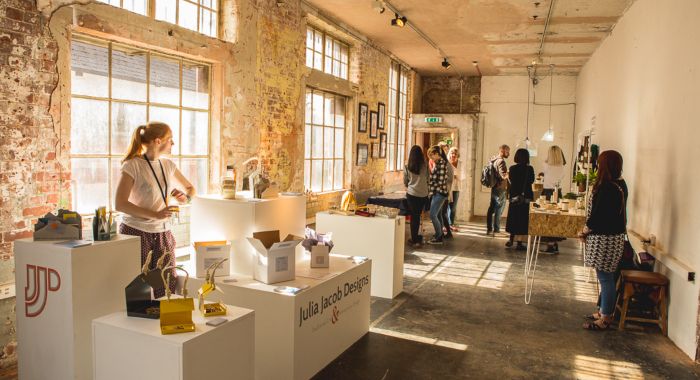Why Art and Science are more alike than we may assume.
There is a commonly held misconception that art and science exist at polar opposites to each other; that science is about rationality and art is... irrational? The truth is that art and science share many common traditions and characteristics; both seek to understand and describe the world around us. Yes we can explore the differences but we also have much to gain from contemplating the relationship between the two.
There is a commonly held misconception that art and science exist at polar opposites to each other; that science is about rationality and art is... irrational? The truth is that art and science share many common traditions and characteristics; both seek to understand and describe the world around us. Yes we can explore the differences but we also have much to gain from contemplating the relationship between the two.
The ancient Chinese concept of Yin and Yang introduces us to the concept of dualism, describing how seemingly opposite or contrary forces may actually be complementary, interconnected, and interdependent in the natural world. The properties of each may be considered independently but it is the relationship between the two that matters most. Too much Yin or too much Yang both lead towards chaos. The only harmony we can attain comes from respecting and allowing for both.
Contemporary Western thinking traces its roots back to the Renaissance with radical developments in art and science taking place in 15thand 16th Century Florence, Italy. We know Piero della Francesca for his art, yet his contemporaries saw him as a mathematician and geometer. He was the first artist to work out the rules of perspective and apply them in the creation of more 'realistic' artwork. In the same period Leonardo da Vinci was both a great artist as well as an extraordinary scientist, engineer and inventor.
Science in its turn relies massively on the artistic idea of journeying into the unknown (the non-linear space) in order to question our assumptions and discover new insights. We like to think of science as being solid, dependable and predictable, yet the very reason 16thCentury scientists such as Gallileo (the father of science) were looked upon with such suspicion by the church was because they dared to propose one simple idea – that what we believe to be true (the biblical story contains all the answers to the nature of being) may not be so.
Open-ness to the idea that orthodoxies may be challenged and new theories proposed lies at the root of the scientific method. With a new proposition comes the need to test, and the results of testing will determine whether these new concepts may replace old assumptions.
Contemporary artists challenge us to question and explore the way we see things, offering new perspectives with a vital fresh sense of ourselves and the world around us. In creating new work artists draw deeply upon innovations in science and material developments. The application of science was essential in the emergence of photography and the creation of realistic 2D representations of our 3D world. Did photography help open the door to abstract art; where the artists' 'unrealistic' work may more powerfully and subtly evoke our 'understanding' than might be achieved using representational techniques?
In the development of my own thinking (around non-linear approaches to the social sciences) I was particularly inspired by Chaos Theory. Where 'classical' science fits into the linear frame, Chaos theory explores the nature of non-linear space; small changes and minor differences may result in unpredictable outcomes, but this space is not random.
What this tells me is that it is more 'rational' to accept that our complex world consists of both linear and non-linear interactions taking place all the time. We would be better off exploring the nature of non-linearity than we are seeking to exclude uncertainty in a drive for order and control.
This realisation also helps us to understand business innovation; where a combination of traditional business approaches involving rigorous control systems mixed with creativity and the search for new solutions, is essential.
We need to move beyond common cultural assumptions that linear is reliable, solid and dependable whilst non-linear is somehow suspect, just because the way we generate ideas and develop new solutions is harder to explain; employing iterative approaches that rely upon our imagination and intuition.
Journeying into the unknown can be unsettling but it is essential if we are to find new ways to engage more fruitfully and sustainably with the world around us. The reward that comes from such an exploration may be surprising and challenge previously held assumptions. But therein lies the excitement and the potential for viable alternative solutions to the challenges we face.

